Play Like a Scientist
One of my most endearing childhood memories involves heading down to the concrete-lined creek at the end of my street. Once there, I’d spend spring and summer afternoons melting away in the golden sun as I attempted to catch frogs. As I approach my fortieth birthday, it's amazing to see how sometimes in a world of constant chaos and change, some things stay the same.
These days, I head to the end of an entirely different street to visit an ephemeral pond in a beautiful nature preserve. I still catch frogs, but I catch so much more.
And I’m not alone.
For years, I have worked on getting families and children out in nature. I also like to practice what I preach, so my family is often out and about in nature. My wife and I cherish our childhood memories in nature and want our kids to enjoy a similar set of experiences. Even if it is just a short walk through that aforementioned nature preserve, we are outside every day. Those short and simple experiences provide my family a wealth of wonder about the world around us. Our oldest daughter is a nature-fact spewing machine and her little sister isn't far behind. Our youngest and only son worships the ground his older sisters walk on, so he has been following their often muddy footsteps around in all of our nature adventures.
And boy do we get muddy!
A few years back, our county parks introduced a citizen science project. Intrigued, but not really knowing what it meant, I went to the introductory meeting to figure out if I could help. Citizen science involves members of the public engaging in scientific research to increase overall scientific knowledge about a topic. In many cases, this involves observation and data collection. At this meeting, I found out the pond and nature preserve my family regularly visits was a site in need of citizen science volunteers.
I knew just the right people.
My family played in and around this nature preserve all the time. Now, we just played with more of a purpose. Our involvement first started off with monitoring the pond. We put on our provided waders and strategically place funnel traps around the pound and check them daily over a few week-long sessions, documenting our captures. While most of us were partial to catching multiple species of frogs in various stages of metamorphosis, our oldest daughter has an affinity for the crayfish. Until one gave her a little pinch. She affectionately called him Snippy.
Thoroughly enjoying the pond monitoring, we offer up our time and energy to install and monitor bird boxes throughout the preserve. Always excited to monitor the nesting boxes and hoping for signs of bird eggs and adorable babies, we are still surprised when some of the boxes became homes for some non-feathered friends, including white-footed mice and chipmunks. We enjoy playing guessing games to figure who we would find and give those new nature friends nicknames with every check-in.
Not wanting the citizen science fun to end once the fledglings left the box in late spring, we investigated other ways we could keep our playing like a scientist alive in all seasons.
In summer, we search for and identify native wildflowers, like coneflowers, milkweed, and bergamot. In that process, we also find and responsibly remove invasive species and non-native plants, like garlic mustard and Queen Anne’s Lace.
Speaking of milkweed, our summer months consist of collecting and raising monarch caterpillar eggs until we can tag them and release them in an entirely separate citizen science project. We also routinely set up live traps to see what small mammals are playing among the prairie plants and frolicking in the forest.
In autumn and winter, we focus our attention on animal identification using a trail camera citizen science program through Wisconsin’s Department of Natural Resources. If you’re willing to monitor, upload, and help identify trail camera photographs, they send you a trail camera absolutely free. Before the snowflakes fly, we also collect seeds from various native flowers and disperse them in areas where those invasive species and non-native plants were removed.
Before we blink an eye, spring returns and we are ready to get back into the pond and around the bird boxes. We look forward to reconnecting with our animal captures every year, even Snippy.
Citizen science has become a playful and family bonding experience. We are able to get out every day, gain a wide set of skills and knowledge, and have fun as a family. It is also incredibly rewarding knowing the work (or play) involved in these various projects is helping move research forward and helping naturalists, teachers, scientists, and the future generation learn more about the world around them. It’s also awesome to know our work is helping preserve and protect the land so future generations can play and explore.
A simple online search can assist you in finding amazing citizen science opportunities in your neck of the woods. I urge you to consider participating. Get out there, make a difference, and play like a scientist.


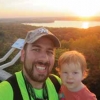
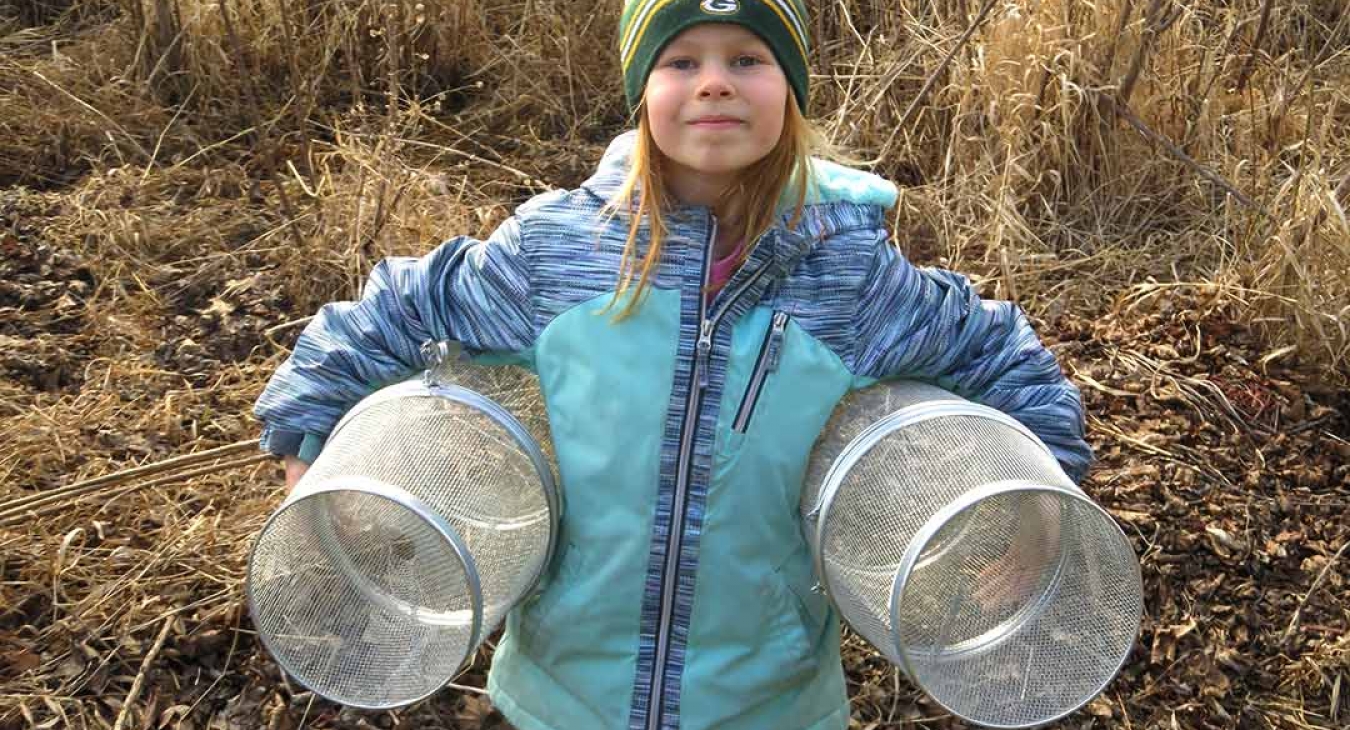
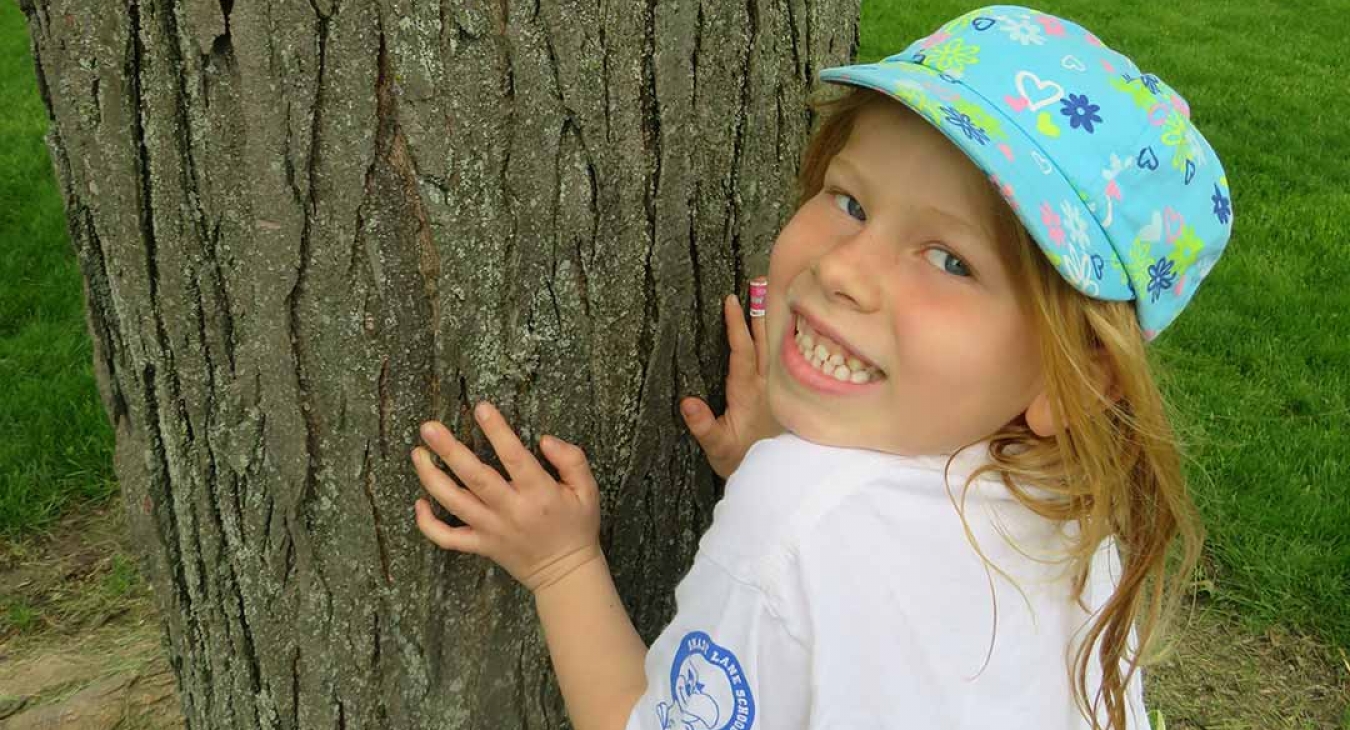
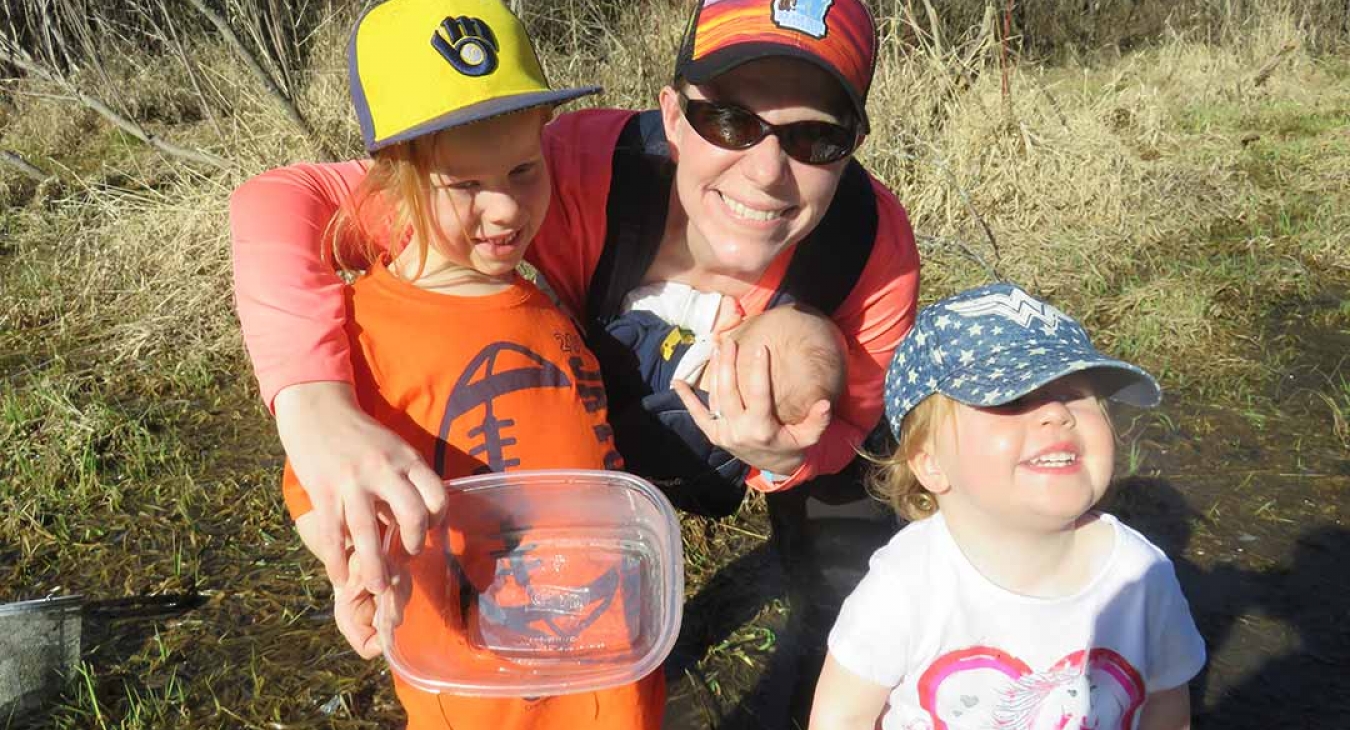
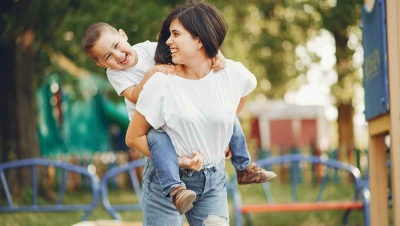
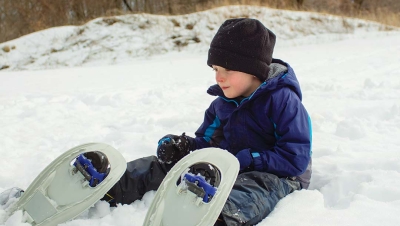
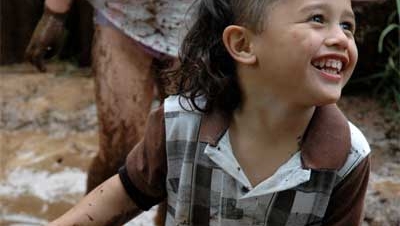
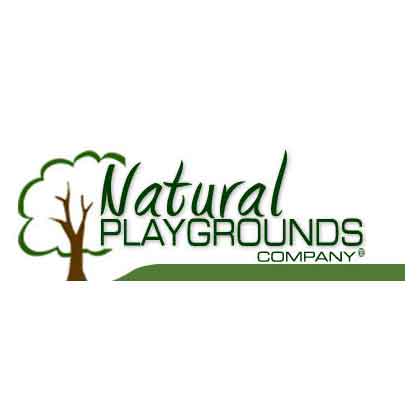
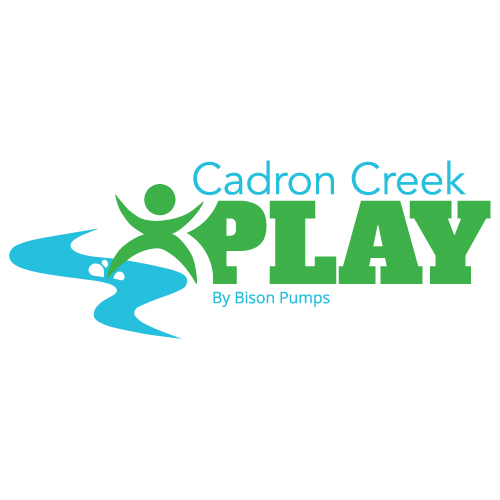
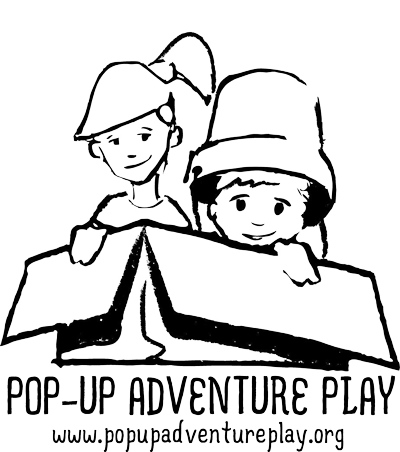
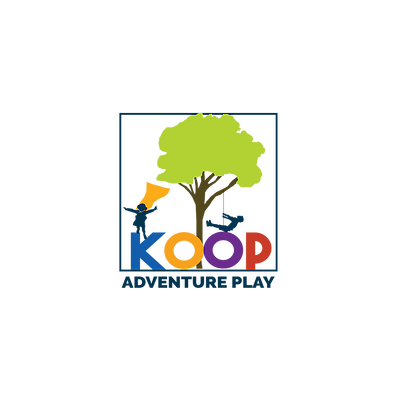
Add new comment